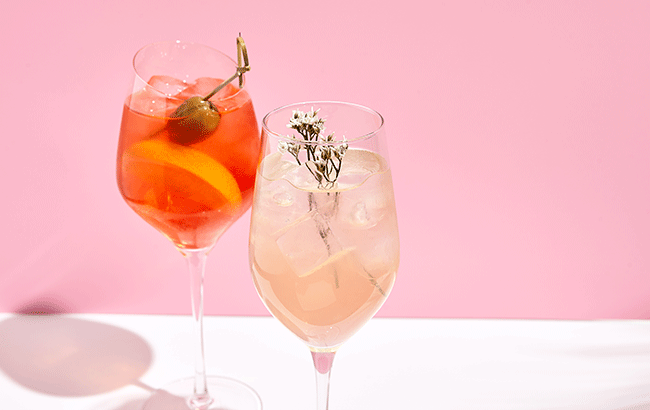UK low-and-no value to hit £450m
The low-and-no market in the UK is predicted to be worth more than £450 million (US$538m) by 2024, according to a new report.

The Low & No 2022: The Consumer Perspective report by alcohol-free beer brand Lucky Saint and creative insight agency Kam looked at the drinking habits of UK adults.
Lucky Saint expects the UK low-and-no market to be worth upwards of £450m by 2024 after growing by 180% last year.
The report found that nearly 29% of pub visits and 37% of restaurant outings are alcohol-free.
Furthermore, just over half (55%) of UK drinkers consume less than 10 units of alcohol per week, according to the new research. This is in comparison to an NHS report that 60% of adults drank up to 14 units per week in 2019.
This new group of moderate drinkers were also found to be the most likely type of consumer to visit a pub once a month (78%).
The report also revealed that 58% of adults have an alcoholic drink three times a week at most, with 29% of consumers currently drinking three days a week or more.
It also showed that 55% of UK drinkers are looking to cut their alcohol consumption in 2022, rising to 65% for Gen Z. The biggest driver behind moderation is better health, while taste was named as the number one reason for choosing a non-alcoholic alternative.
Katy Moses, managing director at Kam, said: “Despite short-term flux during the pandemic, an overwhelming proportion of Brits intend to cut down their consumption over the next 12 months.
“It’s no surprise then that consumer awareness of the low-and-no category is at an all-time high.”
Besides driving, the most popular reason for moderate drinking included wanting to stay fresh for a ‘big day’ the next day (31%), if others aren’t drinking within a social group (30%) or being able to attend another activity such as organised sports (25%) afterwards.
The top alcohol-free occasions for on-trade visitors were family meals with young children at more than 40%, followed by lunch visits (32%) and work meetings (31%).
Moses added: “The growth in popularity of the alcohol-free category isn’t primarily driven by those who never drink alcohol, but rather the huge number of Brits who simply want to moderate their intake and are looking for a great tasting alternative. The research suggests that low-and-no alcohol has certainly hit the mainstream and is here to stay.”
Supermarkets were identified as the main market for the growth of alcohol-free choices in the UK.
Low-and-no opportunity
Luke Boase, founder of Lucky Saint, said: “We’re at the start of a cultural shift in our attitudes towards drinking in the UK, as we see an increasing number of drinkers who prefer to moderate their choices.
“The likes of Spain, France and Germany all have at least five times the market share for low-and-no options compared to the UK. Consumers want taste and quality, but historically there’s not been a product that fits the bill.
“This report shows just how significant the opportunity is. In a sector that only knows people as drinkers and non-drinkers, there isn’t much understanding of how to cater to the majority of UK pub-goers currently.
“We need to rethink what we understand as a ‘non-drinker’ in the UK. Those who move fast to tap into this market in the UK will see huge rewards in the coming years.”
To learn more about the low-and-no landscape in 2022, check out our pick of the category’s brands to watch.
Related news
Burn without the buzz: Arkay Beverages
